
Hoary-headed Grebe
Poliocephalus poliocephalus
Also known as: Hoary-headed Dabchick, Tom Pudding


Poliocephalus poliocephalus
Also known as: Hoary-headed Dabchick, Tom Pudding

The Hoary-headed grebe or Taihoropī is a small, aquatic bird occasionally spotted in New Zealand waters. This compact swimmer is characterised by its dark grey body, distinctive head markings, and preference for open water habitats. It's an uncommon but intriguing visitor for Kiwi birdwatchers.
1. Breeding adults have distinctive white streaks on the head; non-breeding birds show a dark cap with pale cheeks.
2. Typically seen swimming with head and neck partly submerged, far from shore.
3. In flight or at rest, a broad pale wing stripe is often visible.
Hoary-headed grebes are highly aquatic, rarely seen on land. They construct floating nests anchored to aquatic vegetation, laying 4-5 eggs. These grebes are skilled divers, feeding primarily on aquatic arthropods. They're generally silent, adding to their mysterious allure for observers.
Search for Hoary-headed grebes in large, open bodies of water, including estuaries, lakes, and sheltered coastal areas. They prefer deeper waters and usually avoid shorelines. Dawn and dusk are ideal times for spotting these wary birds. Watch for their characteristic diving behaviour – they may suddenly disappear beneath the surface while foraging. Tip: Scan open water with binoculars, looking for small, greyish birds sitting high on the water.
The Hoary-headed grebe is a vagrant to New Zealand, with its primary range in Australia. While not deeply rooted in New Zealand culture, its rare appearances make it an exciting find for local birdwatchers. Breeding attempts have been recorded in Southland, adding to its intrigue.
30 cm
240 g
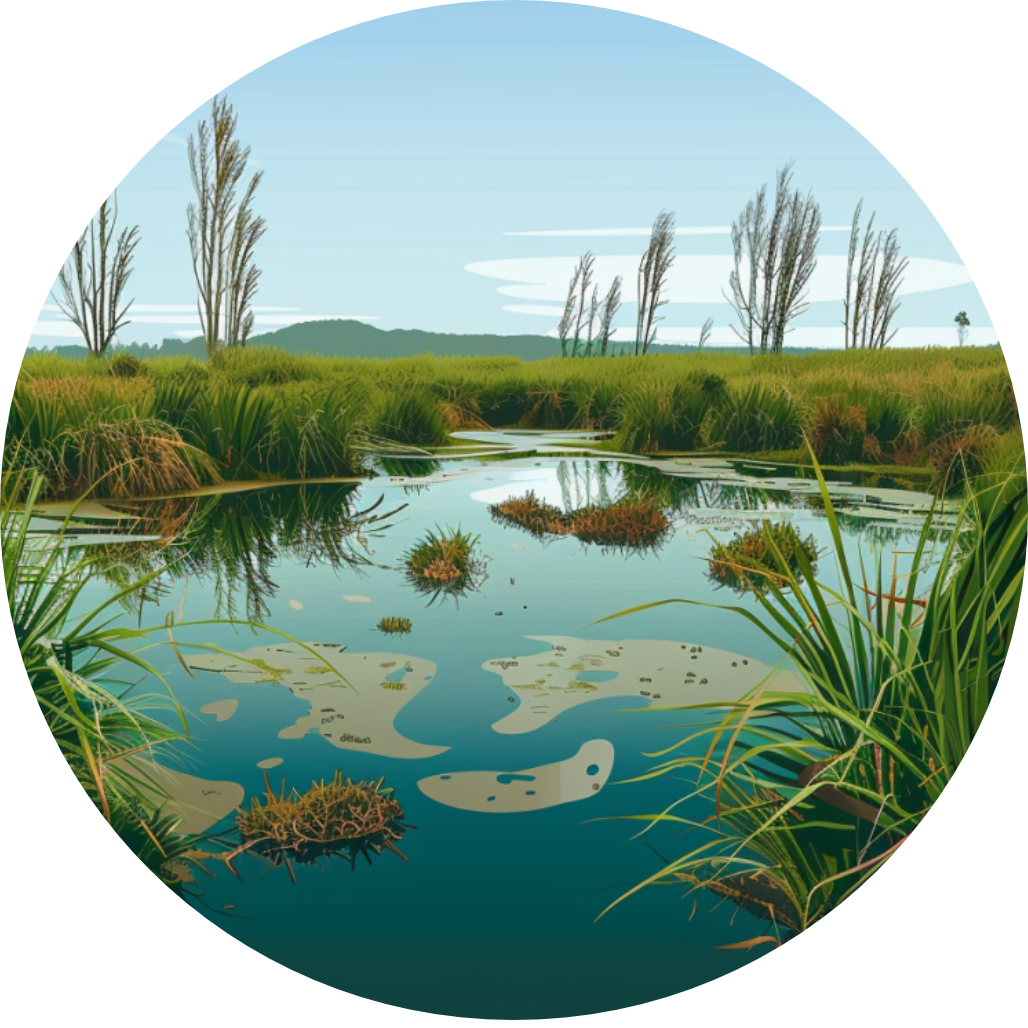
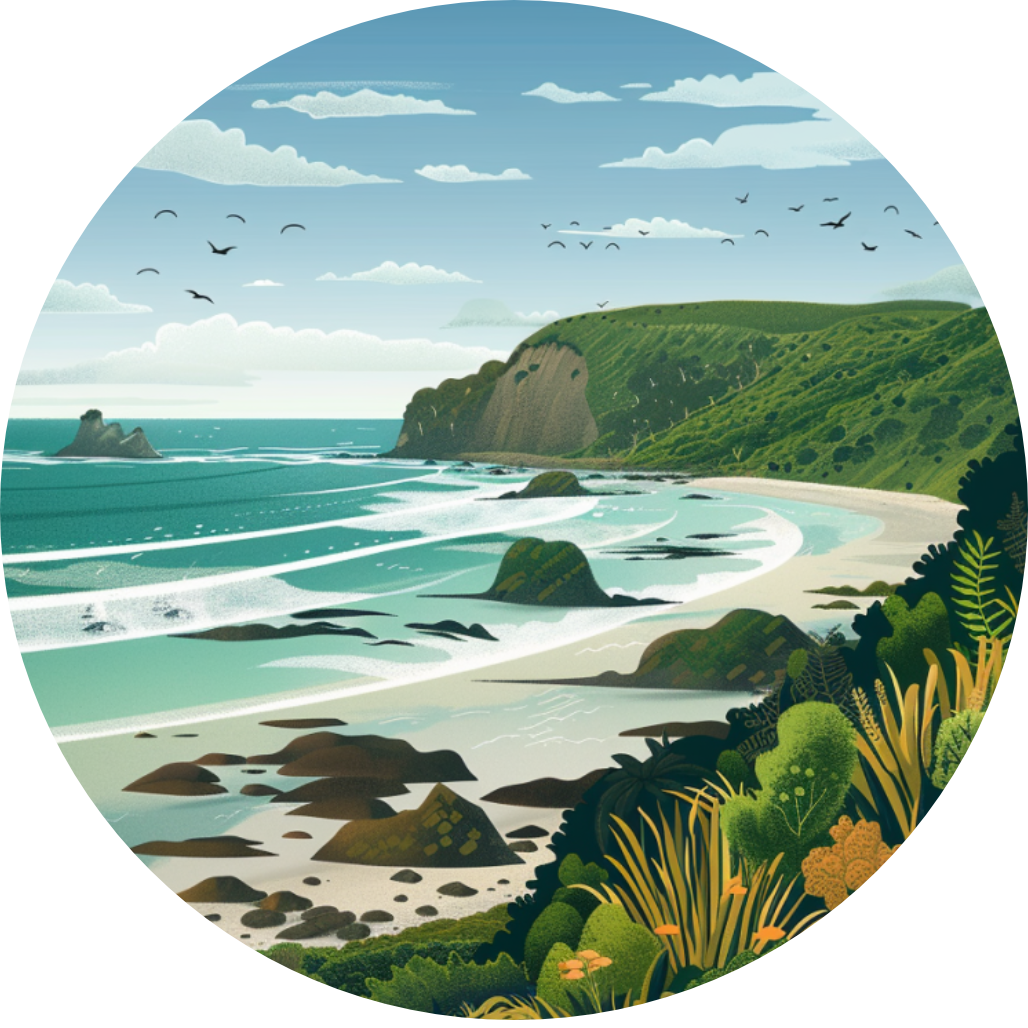
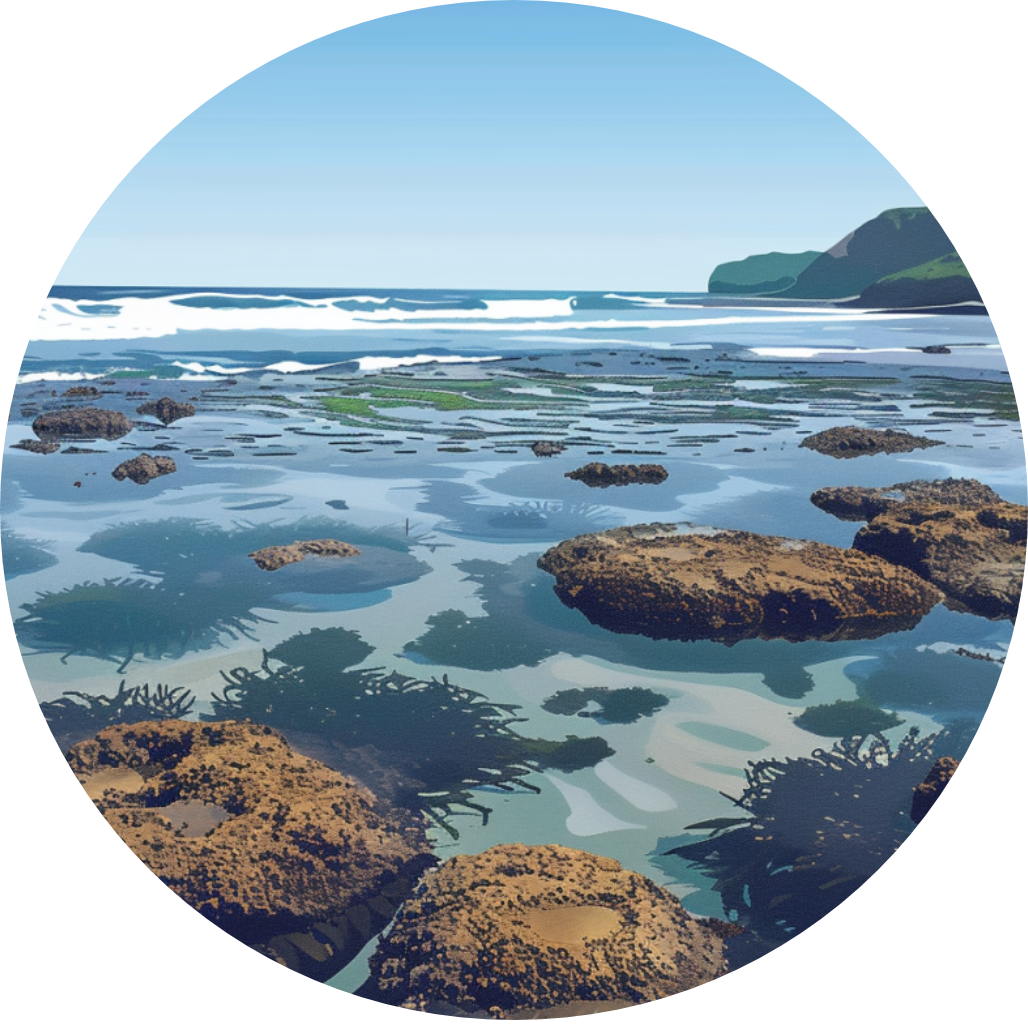
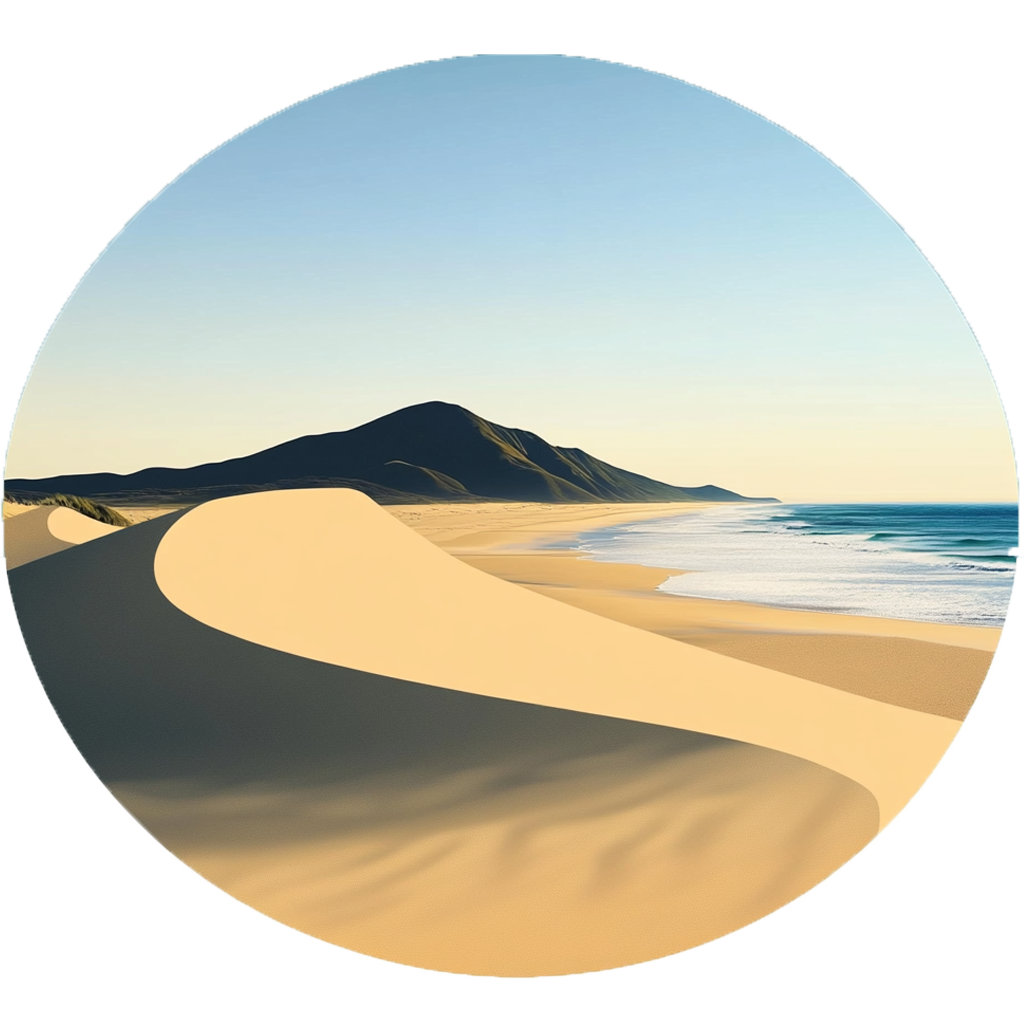
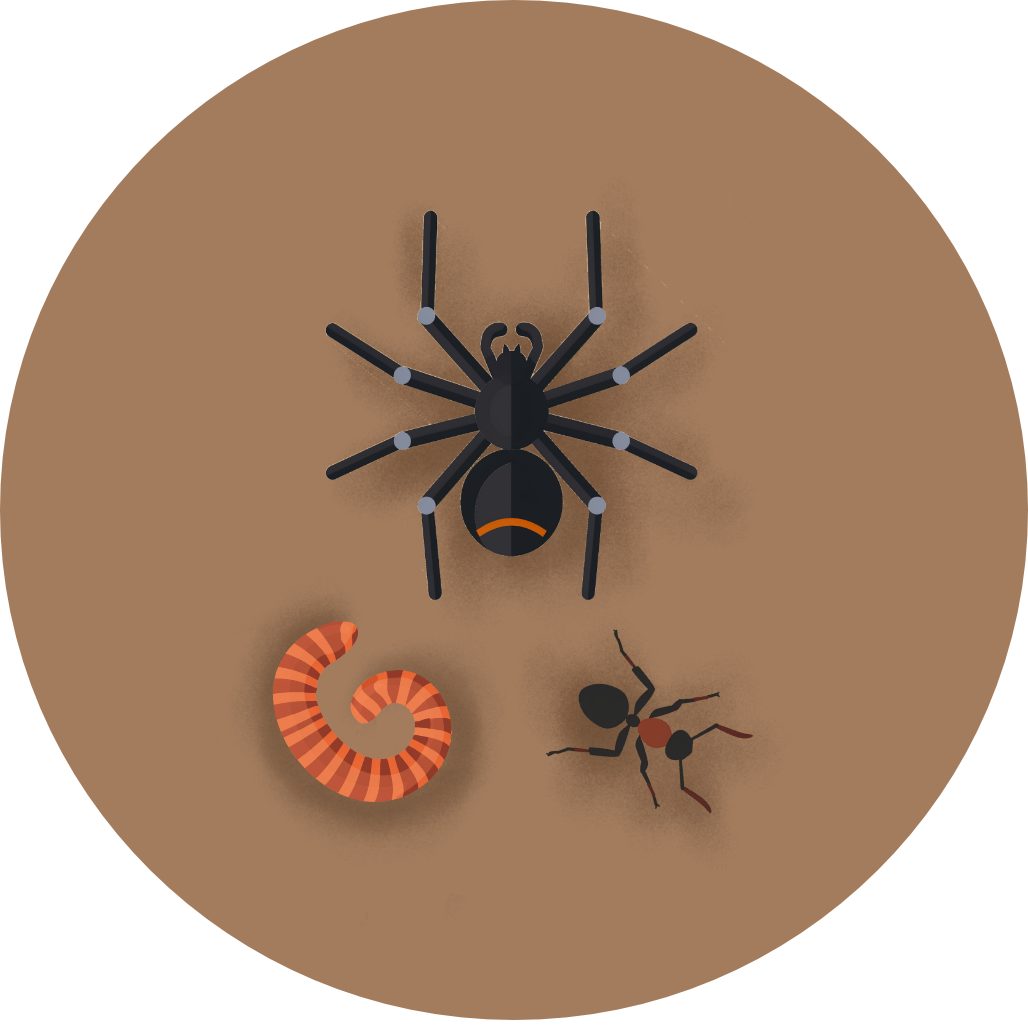
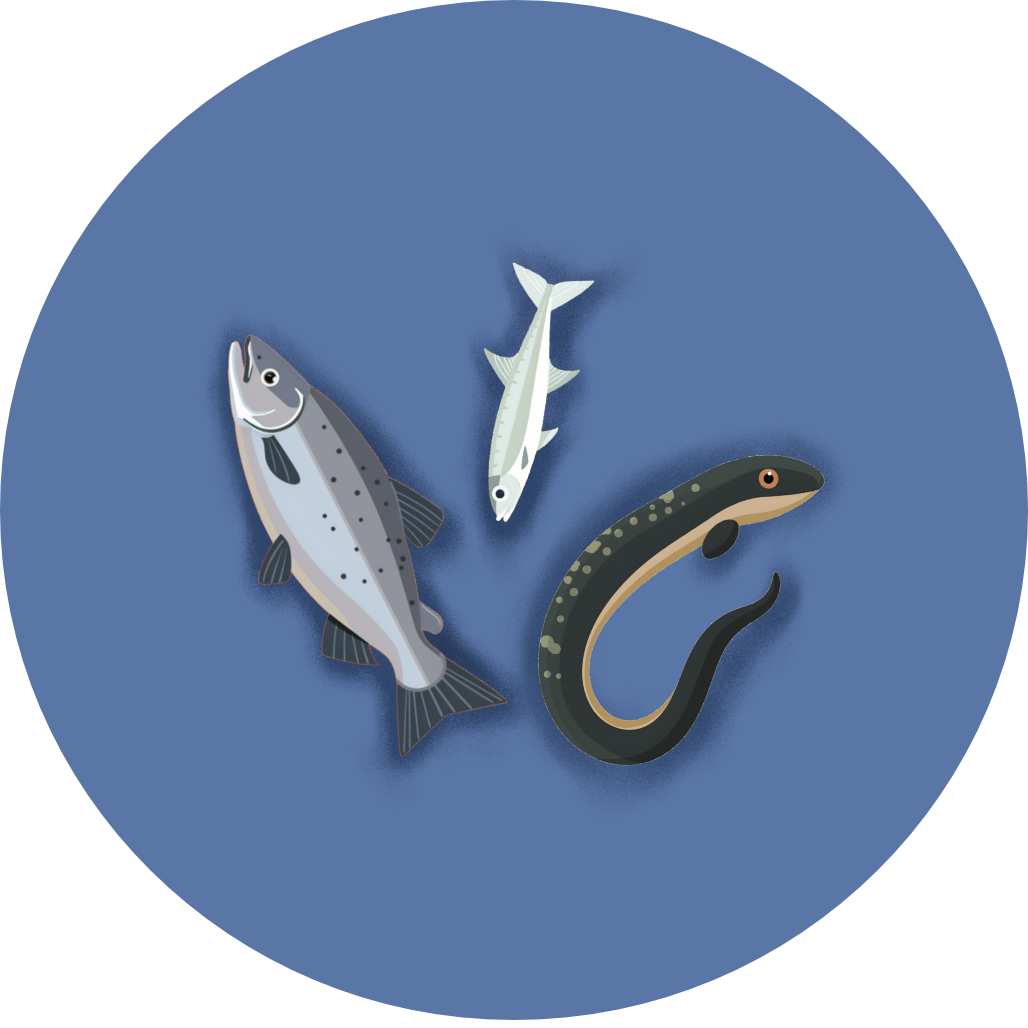
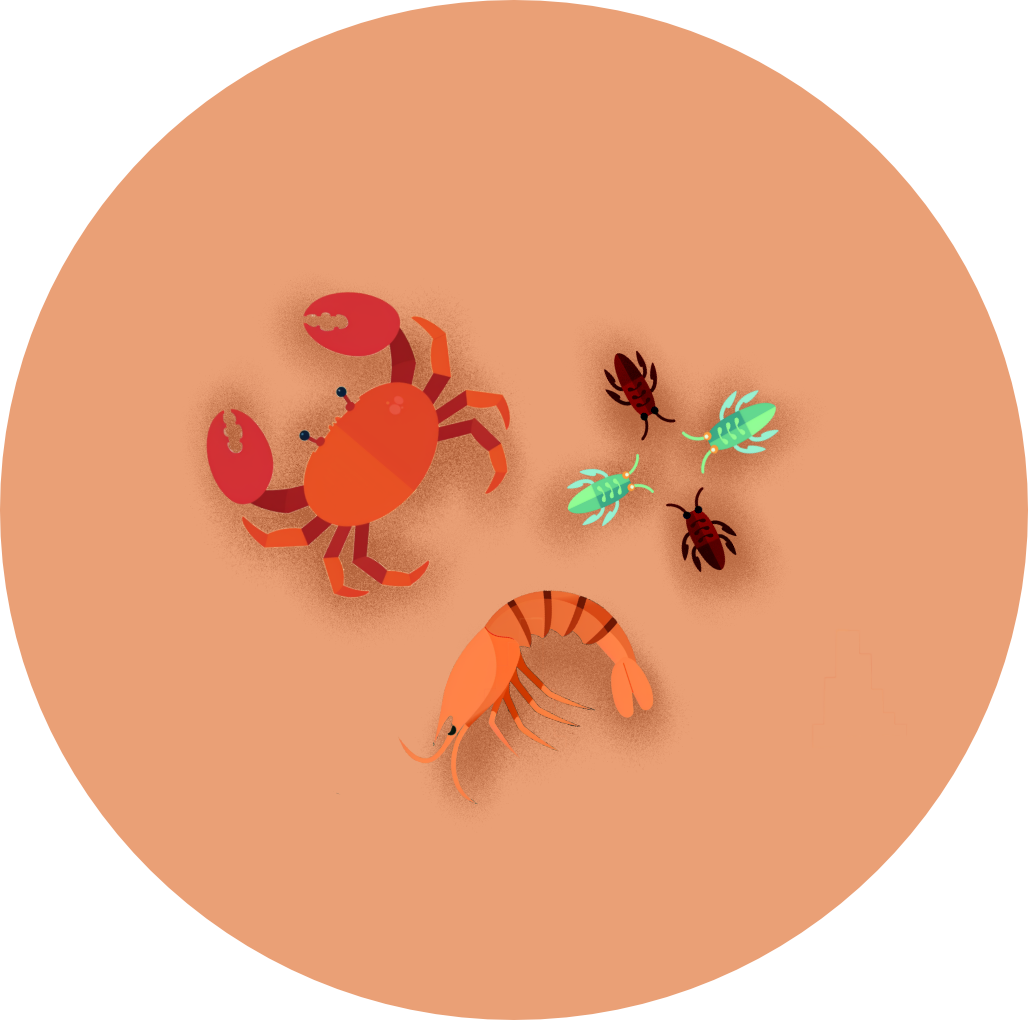
Coming Soon!
Top birding locations will be available in a future update.